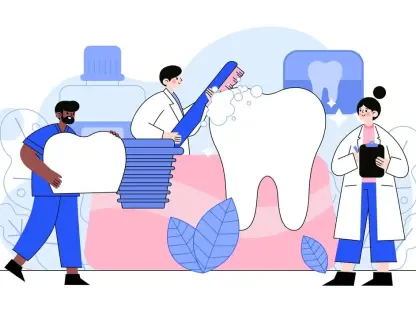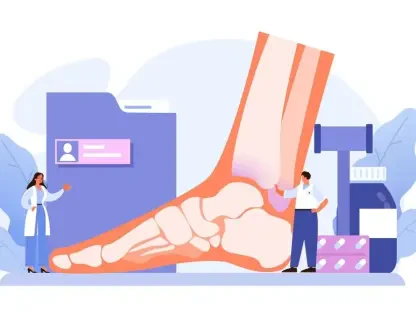In a nation where healthcare systems are constantly under scrutiny, federal funding cuts represent a significant challenge, exacerbating the already troubling issue of medical debt. As Americans grapple with both acute illness and chronic health challenges, the reduction in federal support raises concerns over the future stability and accessibility of healthcare services. These implications of such cuts extend beyond research laboratories and hospital corridors, deeply impacting individuals and entire communities that rely on robust healthcare infrastructure. This article explores how recent federal funding changes threaten to undermine essential healthcare initiatives, leading to a growing healthcare debt crisis.
Exploring the Crisis: Federal Cuts and Escalating Medical Debt
The research delves into a pressing issue: the intersection between federal funding cuts in healthcare and the rising tide of medical debt. Central to this investigation are key questions such as how the reductions in federal support affect ongoing healthcare projects and the implications it might have on medical debt accumulated by ordinary Americans. The challenges extend to examining the real-world consequences of policy decisions, exploring how these financial shifts impact everyday access to necessary health services. It is a multifaceted crisis influenced by policy rhetoric that does not always align with actionable measures, highlighting systemic vulnerabilities in U.S. healthcare.
Background and Context of U.S. Healthcare Challenges
The landscape of U.S. healthcare is characterized by a series of challenges, not least of which are the disparities in funding and care access that increasingly affect patient outcomes. As researchers and policymakers focus on navigating these complex issues, understanding the impact of federal funding cuts becomes essential. This research gains relevance in a broader societal context where healthcare disparities widen, rising medical debt threatens financial stability for many Americans, and questions of access and innovation hang in the balance. By addressing these concerns, the study provides important insights into the intersecting pressures on the U.S. healthcare system.
Research Methodology, Findings, and Implications
Methodology
This research leverages a comprehensive analysis of recent federal funding policies and patterns affecting the National Institutes of Health and related entities. Through a review of funding allocations, state-level impacts, and a synthesis of healthcare provider feedback, a robust picture emerges. Techniques include quantitative data analysis and qualitative insights drawn from expert interviews and public responses, providing a granular understanding of trends and implications.
Findings
The findings reveal significant funding reductions, especially to programs vital for developing addiction treatments and other critical health initiatives. Evidence suggests these changes might stymie progress in medical research and impede patient care provision. Furthermore, an exploration into the direct effects of funding cuts on entities like the Niyyah Recovery Initiative illustrates potential project setbacks and highlights the gap federal support intended to fill.
Implications
The implications of these findings are profound. On a theoretical level, the research raises questions about the sustainability of current healthcare models under federal funding restraints. Practically, the pressure to find alternative funding sources increases, potentially leading to inequitable healthcare access. Societally, the heightened medical debt problem calls for urgent policy reforms and broader systemic overhauls, necessitating stakeholder engagement to protect public health outcomes.
Reflection and Future Directions
Reflection
Reflecting on the study’s process, a comprehensive approach in tackling federal cuts’ complex ramifications on healthcare and medical debt emerged, though challenges persisted. Data limitations and rapidly changing policy landscapes necessitated adaptive strategies, requiring continual updates to maintain relevancy. Areas such as localized impacts of healthcare funding warrant further exploration, pointing to research dimensions that could enhance understanding.
Future Directions
Looking forward, further research should aim to dissect the implications of federal funding changes on specific populations, particularly marginalized groups. Investigating alternative healthcare delivery models and potential innovations also presents fertile ground for study. Additionally, ongoing monitoring of the evolving medical debt landscape and feedback loops with healthcare policy development will be crucial in informing adaptive strategies.
Conclusion
The investigation underscored the critical intersection of federal funding cuts and rising medical debt, highlighting a crisis that threatens to derail essential healthcare progress. While underscoring the need for renewed governmental focus on adequate healthcare investment, it also opened avenues for exploring systemic reforms. Future strategies must emphasize equitable resource distribution, foster innovations in healthcare delivery, and prioritize policy transparency to ensure a resilient, accessible healthcare system capable of meeting the diverse needs of its population.









